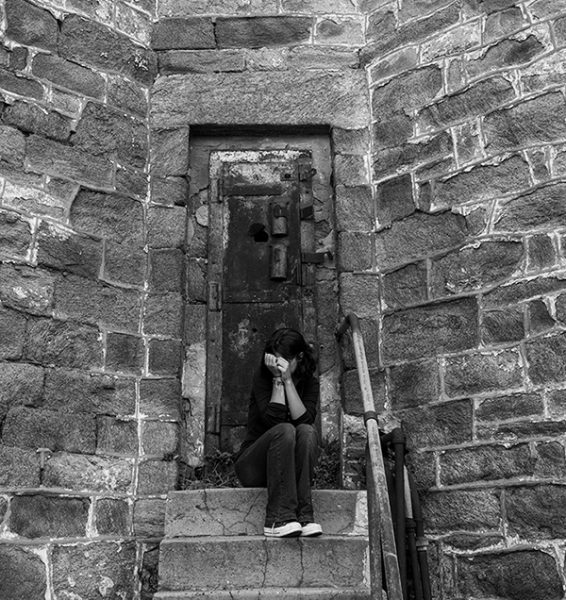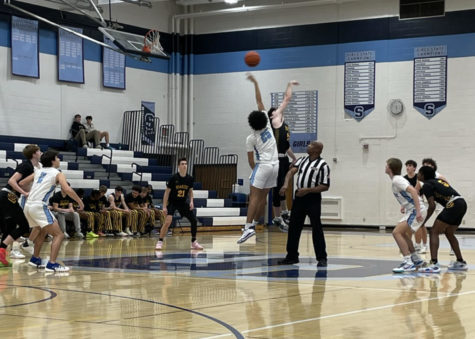Sexual Harassment and the Title IX Final Rule: What It Covers and What It Leaves Out
May 12, 2020
Trigger warning – this article discusses topics of sexual and domestic violence. If you or a loved one is coping with such violence, contact the RAINN confidential hotline at 800-656-HOPE. If you are a man coping with sexual violence, contact the 1in6 organization’s online helpline here.
23.1% of women and 5.5% of men experience sexual violence on campus while studying for an undergraduate degree. Title IX is meant to help protect these students. What’s in the 2,033-page document called the “Final Rule”, and why is it relevant?
The Title IX Final Rule defines sexual harassment on campus three ways:
- “Quid pro quo” harassment, meaning a student receiving certain benefits in exchange for sexual favors. It could also be between students, such as
- Behavior that is gross, widespread, and inherently offensive. An example of this could be the story of Amanda Todd, who was blackmailed into flashing a webcam before the picture of her breasts was circulated everywhere online. She was bullied for it before taking her life in October 2012. Such behavior – circulating someone’s leaked breasts, bullying – is widespread, disgusting, and offensive by nature.
- Any violations of the definitions of sexual assault, dating violence, domestic violence, or stalking in the Clery or Violence Against Women Acts.
The Clery Act requires that schools report crimes committed on campus. It defines sexual assault as rape, statutory rape, fondling, or incest. The Violence Against Women Act (VAWA) funds and creates programs to help survivors of sexual and domestic violence. It defines dating violence as violence someone commits against an intimate partner, domestic violence as violence committed by someone who lives with the victim and stalking as engaging in conduct that causes a victim to feel fearful and suffer significant emotional distress.
These definitions are important. They draw the line where “creepy” behavior becomes illegal behavior, where a weird look becomes something scarier.
This harassment does not have to occur during class. It can also occur during school-run programs, or any student organization officially recognized by schools. An example of this would be at a fraternity, as frats are recognized by the schools they exist at. This can also include sports events, clubs, school-run field trips, etc. Essentially, any event at which the school had substantial control over the person who is alleged to be the perpetrator. This does not include programs abroad with the school — it is stated within the rules that these only apply to programs within the United States.
The Title IX Final Rule also establishes that each school should have a Title IX coordinator, meaning a staff member that can have any incidents of sexual harassment reported to them with full confidentiality. This coordinator should be available to reach with information on the school’s website. The Title IX coordinator for Shawnee is Ms. Dinatale, who can be reached by email at [email protected].
Title IX coordinators, investigators, and decision-makers must be free from conflicts of interest. This is something that should go without saying but doesn’t always. It also requires that rape shield protections be applied to the victim. Rape shield protections make it so that a victim’s reputation or previous sexual history cannot be introduced into the evidence. It also protects the victim from being named. That being said, Title IX does presume innocence until proven guilty.
The school cannot seek information that is protected under a legally recognized privilege, which includes attorney-client, clergy, doctor-patient (including therapists), and parent-child privileges. Information disclosed in any of these situations cannot be used as evidence unless the perpetrator or victim offers it.
Although the school can investigate an allegation, they can also offer an informal resolution such as mediation. This can only take place if both parties give written consent to attempt such a resolution. The school cannot require that this take place, and an informal resolution cannot be used in an allegation against an employee of the school.
What does Title IX not cover? Title IX doesn’t cover any harassment that takes place outside of a school program or building. This means that while harassment at a school dance would be covered, harassment at an after-party would not. It also doesn’t cover inter-district cases; essentially, a case could be investigated between Lenape and Shawnee, but not Shawnee and Egg Harbor Township. It doesn’t cover violence committed during study abroad programs even if they are school run, which leads to fewer reports.
The new Title IX also removes the 60-day timeline that was previously required. This timeline was to make that investigation happened quickly and didn’t drag potential victims through a lengthy and repetitive investigation. This removal is actually dangerous because it could lead to victims dropping very real cases, or alleged “perpetrators” providing fake confessions for the sake of ending the process. It’s an obvious miscarriage of justice.
There are numerous resources online, both for information on Title IX and assistance for survivors of sexual violence. As I stated at the beginning of the article, but if you or a loved one has experienced a type of violence, sexual, domestic, or otherwise, please seek help from an anonymous helpline or hotline.









